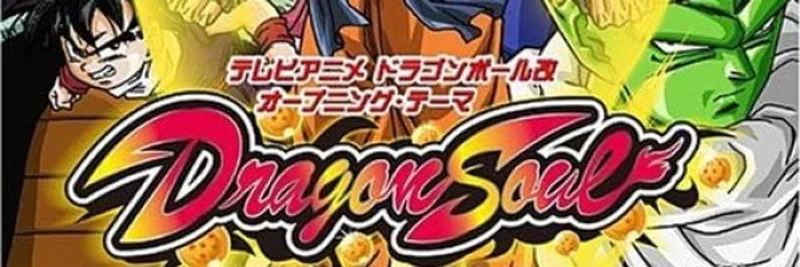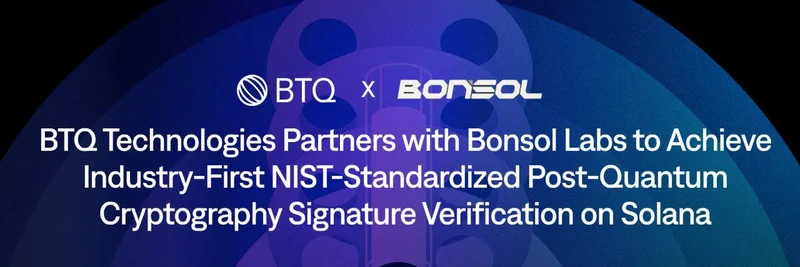The Solana blockchain has gained a reputation as a hotspot for meme tokens thanks to its lightning-fast transactions, ultra-low fees, and an enthusiastic, social-media-powered community. One token making waves—whether for hype, controversy, or both—is the VIRUS token (symbol: VIRUS, address: DdcvRiEs4k2fXbHqeJBS5jgGD93rj1wu6u8WTL4vmBLV).
What Is the VIRUS Token?
VIRUS is a meme token operating on the Solana blockchain, targeting the viral, community-driven crypto niche. It’s frequently mentioned alongside projects like “Pandemic Labs” and described as a SocialFi game token meant to empower social gamers. However, official documentation or a project website for “Pandemic Labs” has not been found, which is a significant red flag for investors looking for transparency.
Core Narratives and Features:
- Rewards Claims: Some online narratives suggest VIRUS offers holders rewards in assets like wrapped Bitcoin (wBTC) and tokenized stocks (think Apple, Tesla, and NVIDIA). While this could attract speculative buyers, it’s vital to verify whether these features are real or just marketing hype.
- Airdrop Strategy: VIRUS tokens have reportedly been distributed via airdrops to active wallets in Solana’s top communities. This “viral” approach helps spread awareness and quickly grow the holder base, aligning with the meme coin tradition of rapid, grassroots adoption.
- Anti-Establishment Themes: Marketing messages often position VIRUS as a tool to “fight the elites & governments,” appealing to anti-bank, pro-decentralization sentiment.
- Potential AI Integration: Some mentions indicate AI-driven features that could make the token “evolve” or take on new characteristics, perhaps tied to visual branding or dynamic rewards. However, such features remain speculative without verifiable tech details.
Market Performance and Technical Context
As of late July 2025, reports on X (formerly Twitter) suggest a wildly fluctuating market cap for VIRUS—ranging from around $350,000 to over $3 million. There are conflicting transaction volumes as well, with some reports citing five-minute transaction spikes of over $1.2 million and others showing extremely low liquidity (as little as $55 available). This means the price can swing dramatically with just a few large trades, so buyers should be aware of slippage and potential price manipulation.
Orca is the main decentralized exchange on Solana for trading VIRUS, but limited liquidity and inconsistent trading data make it difficult to enter or exit positions safely—especially for newcomers.
Solana’s Role for Meme Tokens
Solana’s technical advantages—high throughput and low transaction costs—have led to an explosion of meme coins like VIRUS. Platforms such as pump.fun make it easy to create and launch tokens, fueling a culture of experimentation and (sometimes) speculation.
Risks and Concerns
- Lack of Transparency: No official website, whitepaper, or audited contract has surfaced for VIRUS or “Pandemic Labs.” This means the token’s economics, supply, or real rewards mechanisms are not independently verifiable.
- Scam Warnings: Community watchdogs like @jakethecheck on X have called VIRUS a likely scam, citing fake holders, “organic bundles,” and links between developer wallets and previous rug pulls. The warning? Price could drop 99% at any moment. This should not be ignored.
- Market Manipulation: With such low liquidity, a few “whale” trades can pump the price and lure retail investors into a classic pump-and-dump scenario.
- Historical Context: Solana has a history of quick-launch tokens and scams, including notorious NFT scams in recent years. Always be cautious when approaching new, unaudited tokens, especially meme coins.
- Regulatory Environment: Solana itself has been flagged by the SEC as a possible unregistered security. While this doesn't directly implicate VIRUS, it adds an extra layer of uncertainty for token holders.
Community Sentiment: Hype vs. Caution
VIRUS has polarized the community. On one side, there’s excitement from influencers and auto-trading bots celebrating quick whale buys, rapid volume, and promises of SocialFi gaming. On the other, scam allegations and a lack of transparency keep more skeptical community members—and diligent investors—on alert.
If you're looking for on-chain analysis, Solscan offers real-time data on the VIRUS contract and wallet activity. Security tools like Solsniffer can help flag suspicious transactions or connections to malicious wallets.
Practical Recommendations
- Don’t Buy Based on Hype: Ignore “signal groups” or bots suggesting you ape in immediately. Wait for an official website, whitepaper, and contract audits.
- Verify All Claims: Only trust rewards, airdrops, or features you can verify yourself, ideally via independent sources and blockchain explorers.
- Check Contract Activity: Use explorers like Solscan to track wallet concentration and suspicious transactions.
- Use Security Tools: Platforms like Solsniffer can help you identify risky tokens before you engage.
- Exercise Patience: If you’re interested in SocialFi or meme gaming tokens, wait for the project to mature and for the community to vet its legitimacy before risking your capital.
Conclusion
The VIRUS token exemplifies both the allure and the danger of meme coin culture on Solana—big promises, viral marketing, and high-risk speculation. While it’s possible the token could power a new SocialFi gaming platform or incorporate AI innovation, there is no verifiable evidence to support these claims yet. Until more transparency emerges and official documentation is provided, proceed with extreme caution.
Cryptocurrency markets are fast-moving and unpredictable, so always do your own research and consult professional advice before investing. Stay safe, and don’t let meme magic cloud your judgment.
Disclaimer: The information in this article is for informational purposes only and does not constitute financial advice. Cryptocurrency trading is risky, and you could lose your entire investment. Always perform your own due diligence.



